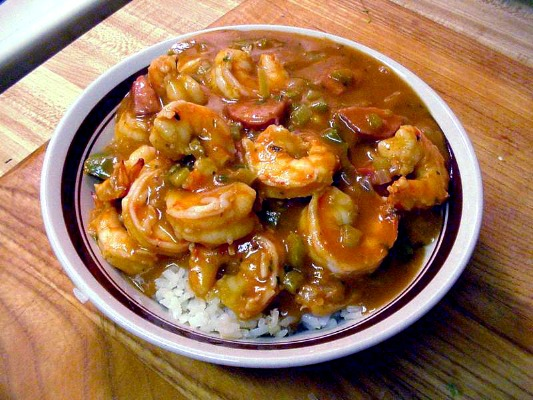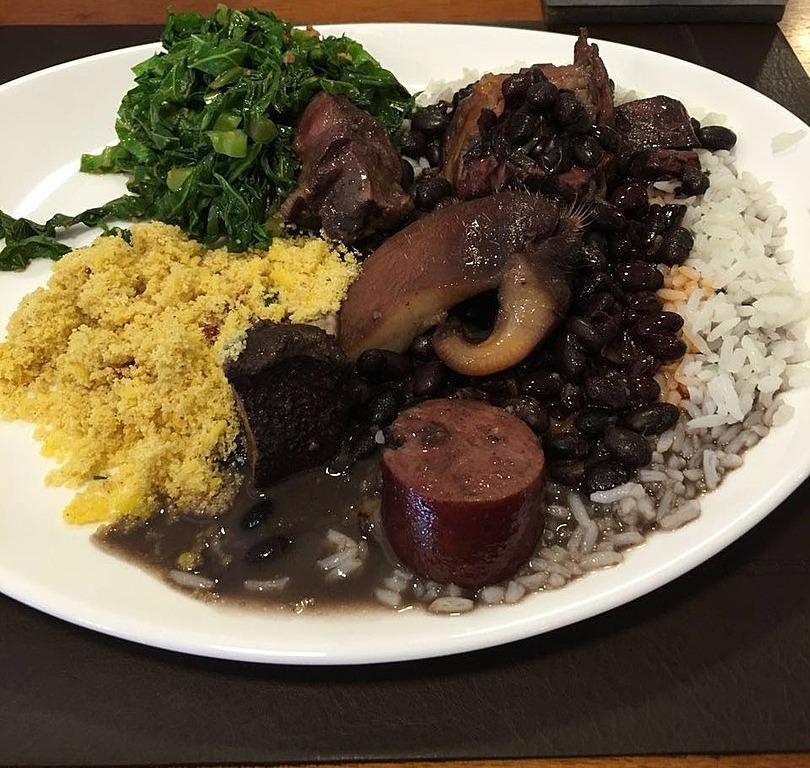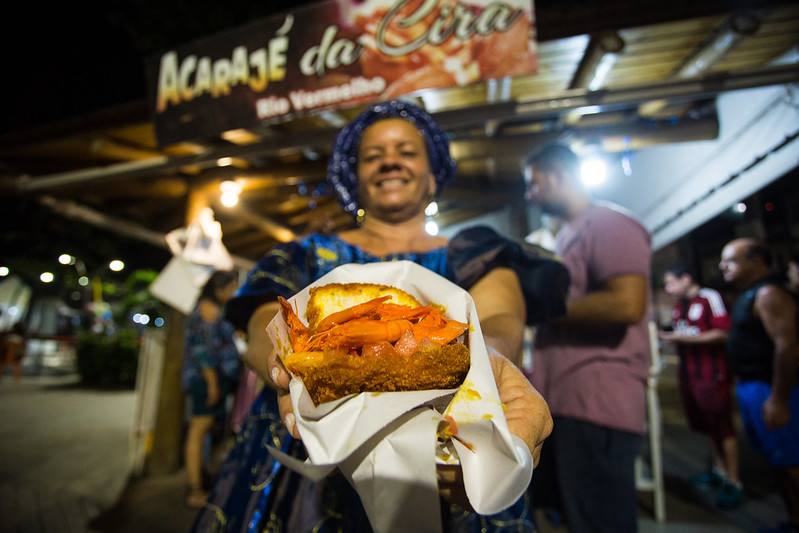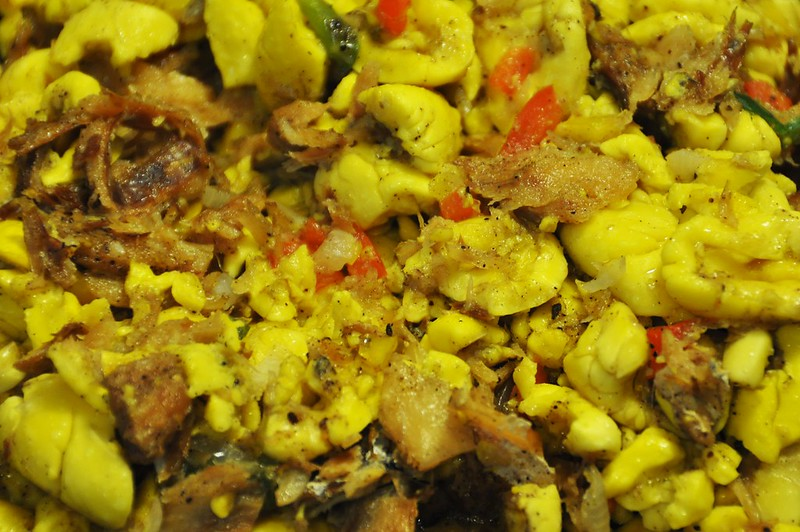I have always found it fascinating the way recipes and food have been passed down through generations, and for some, they have stayed the same while others change and adapt as the culture has evolved. It gives me comfort to know that some of my favorite dishes from home, ‘Doro wot’ (a traditional Ethiopian dish), is the same Doro wot my mother grew up eating, and her mother before that. There is history in our food, connections to our culture that are explained through every spice and taste. This is true all around the world. Food is often revolutionary and shows how people overcame injustices to create something beautiful.
Gumbo: New Orleans
Many popular Southern dishes can be traced back to slavery and show how spices, vegetables, and recipes were adapted over time. Gumbo is synonymous with New Orleans, and when you look closer at the components of the dish, it is like a compass to navigate the history of New Orleans. Gumbo is a rich soup made of various meats, seafood, stock, and vegetables. The Gumbo can be thickened by either Okra or File powder. Okra was brought by slaves and is distinctly African. To better understand the food and culture of New Orleans it is important to understand its history. New Orleans was founded by the French in 1718, and then in 1763 became part of the Spanish Empire before being sold to the United States in 1803. New Orleans was gaining prominence in the United States as one of the biggest producers of cotton, and slaves were being brought to work on the plantations. By 1721, almost half of the population of New Orleans were slaves which in turn had an impact on the culture of New Orleans. Congo Square was somewhere Slaves could congregate and dance, sing and keep their African roots alive. Hence, the influence of French, Spanish, and African languages and culture cultivated a distinct creole cuisine and culture which is represented in Gumbo. The name itself is said to come from Kingombo, which is the word for okra from a central Bantu dialect in West Africa. According to National Geographic who quotes Jessica Harris, a culinary historian, and author, “the technique used in some gumbo, which is to thicken it with Okra, is an adaptation of soupikandia, which is a Senegalese soup/stew that slave cooks prepared for both themselves and others”. Gumbo can now be made in a variety of ways but it remains that African cultures had a huge impact on its development.

Feijoada and Acaraje in Brazil
Feijoada is a popular black bean dish in Brazil. The dish can be adapted and served several ways, however, one of the most common ways of preparation is cooking the beans with sausage, various parts of a pig, and dried meat. The roots of the dish, however, trace back to slavery. Slaves were brought to Brazil as early as 1530 until slavery was abolished in 1888. During that time it estimated that around 4,000,000 slaves were brought to Brazil. According to a research paper by Natalie Arsenault “Brazil received 40% of the total number of Africans brought to the Americas, while the U.S. received approximately 10% of the total”. Outside of Nigeria, Brazil is considered the country with the highest number of Black people. This, in turn, had an impact on the food and culture of Brazil. The use of parts of a pig in Feijoada is said to come from the slaves only having access to scraps from the pig that the master deemed as not good enough. This often meant the snout, ears, and tail of the pig which the slaves cooked with the beans to get as much flavor as possible from what little they had.
The State of Bahia in Brazil and especially the city of Salvador is where the majority of slaves entered Brazil and to this day remains a hub of African Culture in Brazil. The city’s African roots are kept alive in its food, traditional clothing, religion, and music. One such dish is acarajé. The dish comes from an Afro Brazilian religion called Candomblé which is a blend of the Yoruba religion and Catholicism. Acarajé is a type of fritter that is made from black-eyed peas, seasoned with onions and salt and deep-fried in dende (palm oil). It is then split in half and stuffed and served with a spicy paste made from shrimp, palm oil, and cashews. Acarajé is a popular food dish but it is also the preferred dish of Yansan, the goddess of Storms and Winds. Her followers prepare it for her on the first Wednesday of every month.


Ackee and Saltfish in Jamaica
Ackee and Saltfish is a staple breakfast in Jamaica and its roots can be traced back to colonialism. Jamaica was a huge source of sugar cane for the United Kingdom, and as such a huge number of slaves were being brought and forced to work on plantations. According to Atlanta Black Star, “by the 18th century, there were more than 300,000 enslaved people in Jamaica”. Ackee is said to originate from Ghana and is similar to the word Ankye in Ghanian Twi. Saltfish is also said to have arrived in Jamaica around the same time as ackee. The saltfish or cod according to Saveur was sold from Canadian provinces to European countries which in turn made its way to Jamaica.

Photo source: flickr commons
Food is a reflection of our culture, food is revolutionary and it is important to reflect and learn about each story that shaped the dishes we love.
Powered by WPeMatico


